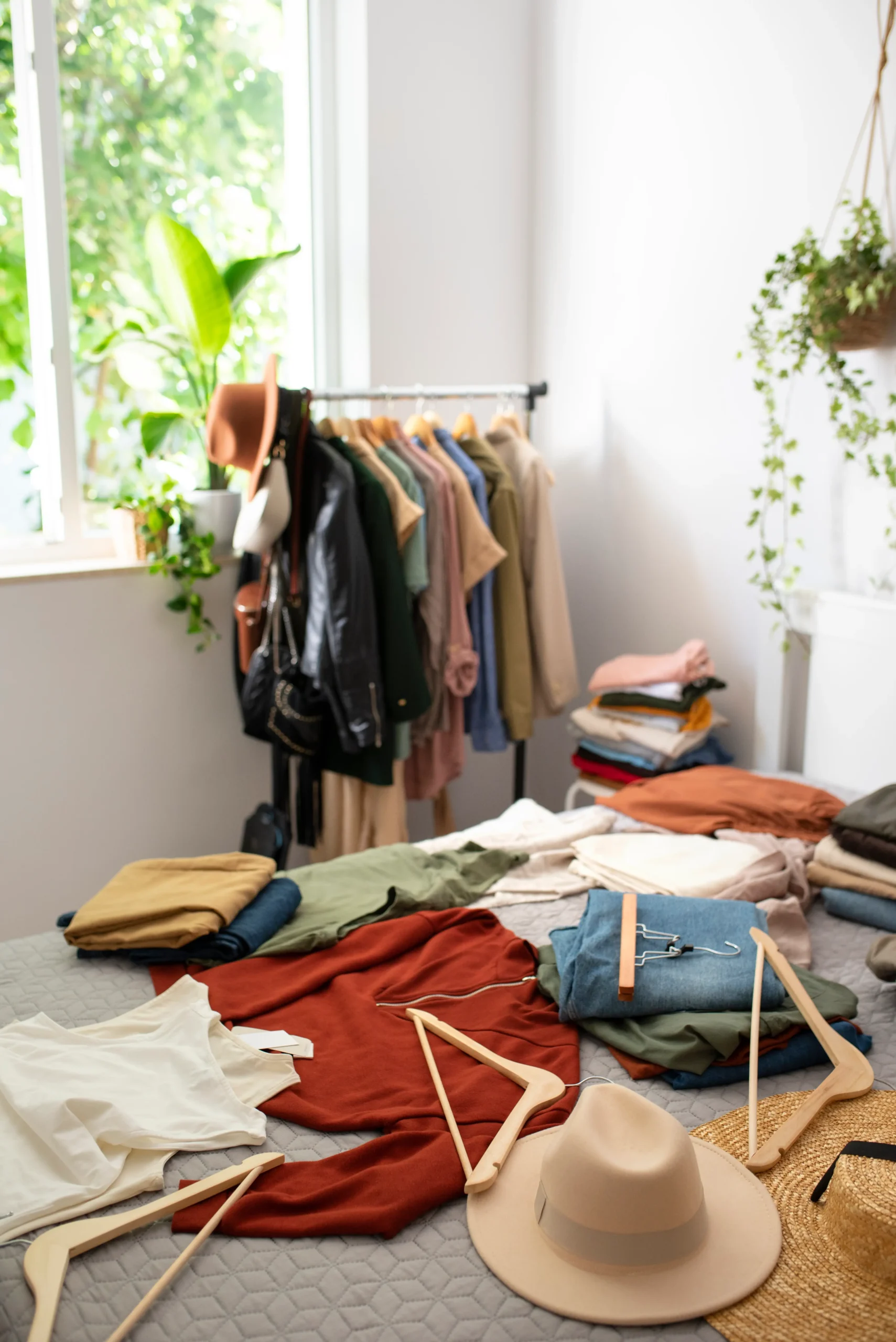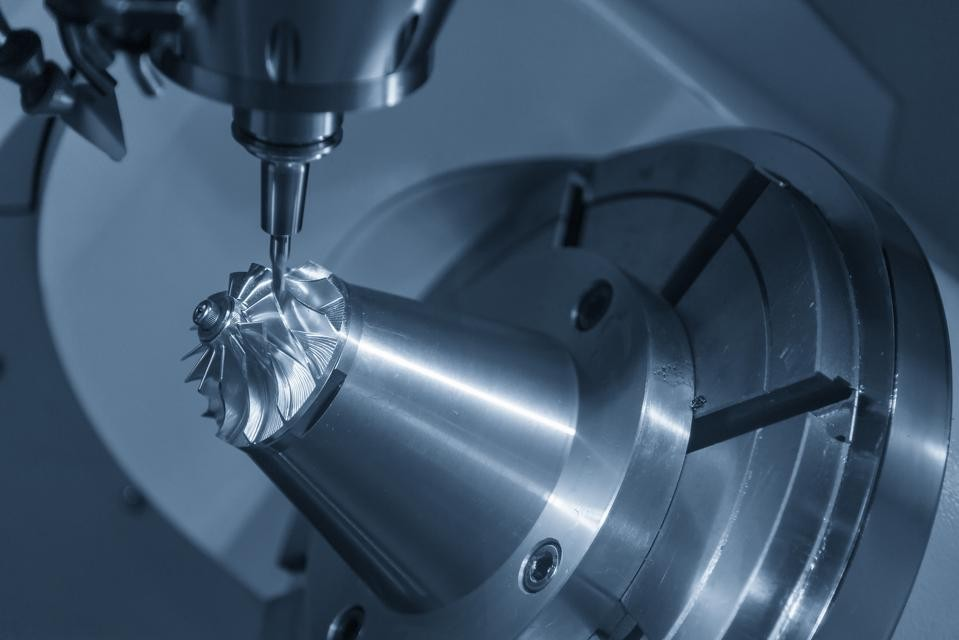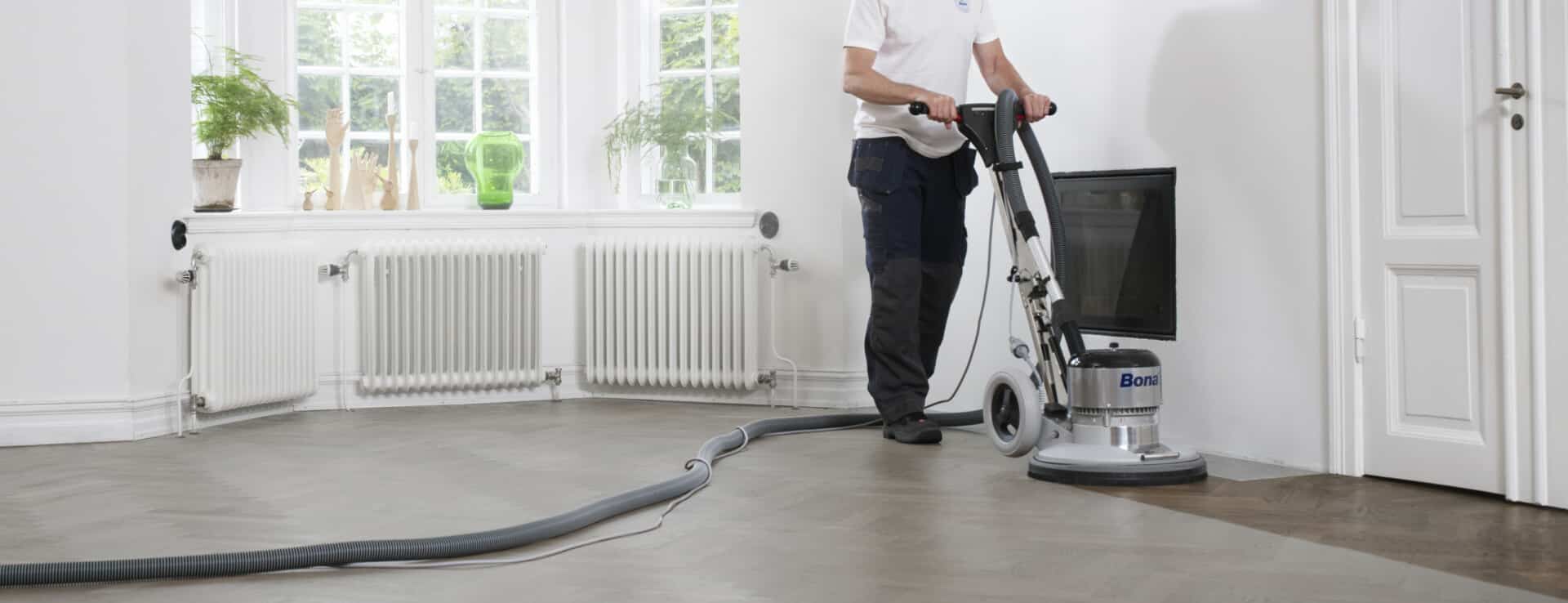
Introduction to Upcycling and its Benefits
Have you ever looked at a piece of clothing hanging in your closet and thought, “What if I could give this a new life?” Upcycling is the art of transforming old garments into fashionable statements, allowing creativity to flourish while promoting sustainability. As consumers become more aware of the impact of fast fashion on our planet, upcycling has emerged as a trendy solution. Not only does it help reduce waste, but it also offers an exciting opportunity to curate unique pieces that reflect personal style.
Imagine turning those worn-out jeans into stylish shorts or revamping an oversized t-shirt into a chic crop top! With endless possibilities and minimal investment, upcycled fashion is not just about saving money; it’s about making bold choices. Dive into the world of upcycled chic with us and discover how you can turn forgotten clothes into standout outfits that are both eco-friendly and utterly fabulous.
How to Choose Clothes for Upcycling
Choosing the right clothes for upcycling is key to your creative journey. Start by assessing your wardrobe. Look for items that no longer fit or styles you haven’t worn in ages.
Next, consider fabric quality. Natural fibers like cotton and linen are easier to work with than synthetic materials. They offer better durability and adaptability.
Think about the garment’s potential. A long-sleeve shirt could become a trendy tote bag, while an oversized dress might transform into a stylish skirt.
Don’t shy away from damaged pieces; they can inspire unique designs. Rips and stains can be cleverly incorporated into new looks or patched creatively.
Let your personal style shine through. Aim for pieces that resonate with you and spark your creativity as you envision their new life in fashion.
Creative Upcycling Ideas for Different Types of Clothing
Upcycling opens a world of creativity with your wardrobe. Transform that oversized sp5der hoodie into a trendy crop top. Just cut the hem and secure it with unique stitching or fabric glue for an effortless style.
Old jeans can find new life as stylish tote bags. Cut them at the desired length, sew up the sides, and add some colorful fabric for lining. It’s functional and makes a statement.
T-shirts are perfect candidates for upcycling too. Turn faded graphics into decorative pillow covers by sewing two shirts together, creating a cozy vibe in any room.
Don’t forget about sweaters! An old knit can become chic mittens or even quirky leg warmers. Simply cut to size and finish edges with fun patterns using embroidery thread.
The possibilities are endless when you let your imagination run wild! Each piece tells its own story through your unique touch.
Tools and Techniques for Upcycling at Home
Upcycling at home can be a fulfilling and creative endeavor. Start with basic tools like scissors, sewing needles, and thread. A sewing machine can elevate your projects but isn’t always necessary for smaller tasks.
Consider fabric glue or no-sew tape for quick fixes. These options are perfect for those who might shy away from traditional stitching methods.
Don’t underestimate the power of embellishments. Adding patches, beads, or buttons can transform plain pieces into unique statements.
For more intricate designs, invest in stencils and fabric paint to customize your clothing further. This is especially fun with items like sp5der hoodies; you can add personal flair that reflects your style.
When it comes to techniques, layering fabrics creates depth and texture. Experimenting with tie-dye offers endless possibilities too—perfect for revitalizing faded garments without needing extensive skills!
Success Stories of Upcycled Fashion Brands
Upcycled fashion has found its champions in various innovative brands worldwide. For instance, Reformation started with a mission to create sustainable clothing while keeping style at the forefront. Their pieces not only feature reclaimed materials but also boast trendy designs that appeal to fashion lovers.
Another standout is Patagonia, renowned for its commitment to environmental responsibility. They use recycled fabrics and encourage customers to repair their gear instead of discarding it. This ethos resonates deeply with outdoor enthusiasts seeking durability without compromising ethics.
Then there’s Eileen Fisher, whose Renew program takes old garments and breathes new life into them through thoughtful redesigns. The brand emphasizes quality over quantity, inspiring consumers to embrace timeless pieces rather than disposable trends.
These stories illustrate how creativity can transform waste into wearable art while promoting sustainability in the fashion industry.
The Environmental Impact of Fast Fashion and the Importance of Upcycling
Fast fashion is a major contributor to environmental degradation. Every year, millions of tons of clothing end up in landfills. The production processes consume vast amounts of water and energy, leading to pollution and resource depletion.
Upcycling offers a creative solution. By transforming old garments into new pieces, we reduce waste significantly. This process not only breathes new life into items but also minimizes the need for new materials.
The benefits extend beyond individual efforts. Communities embracing upcycled fashion can inspire sustainable practices on a larger scale. It encourages consumers to think critically about their purchases and promote mindful consumption.
Additionally, upcycled clothing often boasts unique designs that tell stories—stories that mass-produced fast fashion simply can’t provide. Embracing this trend nurtures both creativity and sustainability in an industry ripe for change.
Conclusion: Embracing Sustainable Fashion through Upcycling
The journey into upcycled fashion is not just about creativity; it’s a powerful statement. Each piece of clothing we transform holds a story and reflects our commitment to sustainability. By choosing to upcycle, we challenge the cycle of fast fashion that overwhelms our planet.
As more people embrace this trend, brands like those creating sp5der inspire us with their innovative designs and eco-friendly practices. Their success shows there’s a growing market for unique pieces born from old garments, proving that style doesn’t have to come at the cost of our environment.
Upcycling encourages individuality in fashion while promoting responsible consumerism. It invites everyone to explore their creativity and make conscious choices that impact the world positively. When you wear something you’ve transformed yourself or supported through thoughtful purchasing, you’re part of a movement towards sustainable living.
So why not dive into your wardrobe? Discover potential treasures waiting for new life! Embrace this exciting venture where every item can tell your personal story while contributing to a healthier planet.
Read more on WCCO






